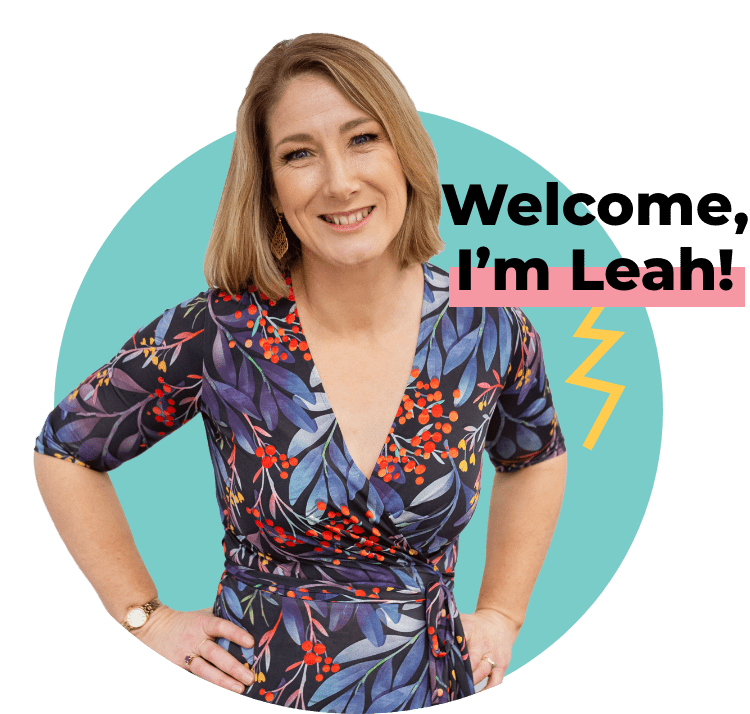
On Tuesday, while driving through Newborough on my way to a meeting, I pulled over to help an elderly man who was lying on the footpath.
He was on his back, struggling to get up, with his dog on a lead beside him. Turns out the poor guy had had a fall.
There were four cars immediately in front of me and all of them drove past. Perhaps one or two of them didn’t see him lying there, but I bet at least a couple of them did. And they just drove past.
A minute later the man’s neighbours came out and we decided to call an ambulance. Even though he appeared ok, he was 78, couldn’t get up, and had other health complications to consider.
It saddened me that so many drove past and it’s not the first time I’ve seen people turn a blind eye to someone in trouble in the last few weeks.
At a local shopping centre, I saw a woman being verbally abused by her partner in the carpark. People hurried past them looking awkward but not saying anything.
I was almost inside the centre when it started, with my kids in tow, so I waited for the woman as she walked in on her own and then quietly and discretely moved up alongside her and asked if she was ok.
I didn’t impose any judgment on her, I simply asked the question and if there was anything I could do to help. We had a brief conversation and she thanked me for caring enough to stop and see if she was alright.
These two incidents reminded me of the importance of being an active bystander.
But what is an active bystander and how do you be one without putting yourself in danger or butting your nose in where it’s not welcome?
Here are my thoughts:
What is an active bystander?
An active bystander is someone who sees another person in trouble, or something that’s potentially harmful, and acts to ensure the person is safe and/or ok with what’s happening. They take action by stepping in and doing something.
Being an active bystander involves seeing yourself as connected to the world and the people in it. You don’t turn a blind eye – you have a responsibility to other people simply because you’re human. You will step up and do for others what you hope others would do for you.
How can you be an active bystander?
Being an active bystander is not always easy, but it doesn’t always involve jumping in and directly intervening either.
Here are three ways you can be an active bystander:
1. Be direct. Pull over your car and check if the old guy is ok. Call out your mate who’s being sexist or putting down their partner. Intervene to stop someone being abused or hurt.
Note: Sometimes intervening directly is not the best approach. There are cases where this may put you and/or the other person in more danger. In these cases, options 2 and 3 may be better.
2.Delegate or refer – ask someone else to intervene. Maybe you’re not comfortable saying something yourself, or you feel unsafe to do so. That’s ok – you can still be an active bystander. Call the police, tell a security guard, ask a friend to say something, or get a group to help you address the issue so you have safety in numbers.
3. Distract or interrupt. Perhaps you’re on a train and someone’s being picked on. Maybe there’s a woman in a bar being harassed by a group of guys. Go and sit next to them. Strike up a conversation. Pretend you know them. Show them that you see them, that they’re not isolated and that you care, and in the process you’ll also show the perpetrator – through your actions – that their behaviour is not ok.
Finally, what do you do if you take action and the person you were trying to help doesn’t appreciate it, says they’re fine, or gets angry at you?
The answer is, you let it be water off a duck’s back. It’s irrelevant whether they appreciate the gesture or not. You didn’t intervene for reward, acknowledgment or recognition.
The important thing is, if you see something, DO something. If everyone turns a blind eye or assumes others will help, sometimes no-one does and the results are tragic.
Leah Mether is a communications and soft skill trainer, speaker, coach and author. To find out more about Leah’s work or to buy a copy of her book ‘Soft is the New Hard: How to Communicate Effectively Under Pressure’, visit https://leahmether.com.au

Leah Mether is a communication and soft skills trainer obsessed with making the people part of leadership and work life easier.
With more than 15 years’ experience working with thousands of clients, and an acclaimed book to her name, Leah knows what it takes to communicate under pressure. Like you, she knows the challenge of conflict, personality clashes, and difficult conversations.
Leah is renowned for her practical, engaging, straight-shooting style. Utilising her Five Cs® model of communication, she helps leaders and teams shift from knowing to doing, and radically improve their effectiveness.